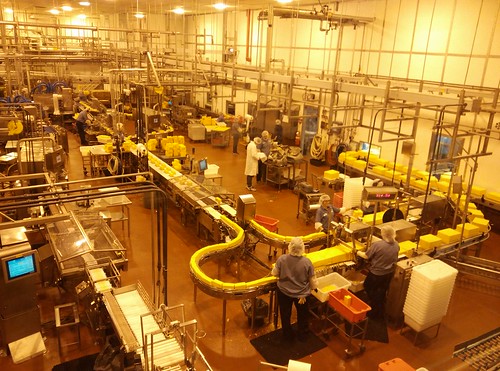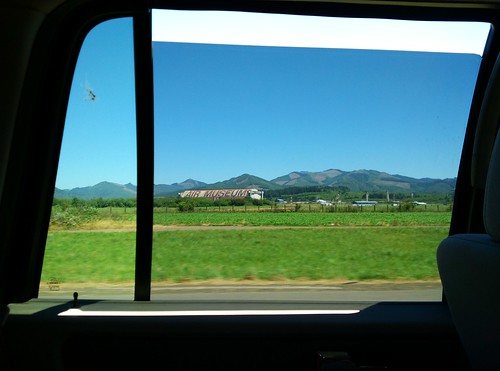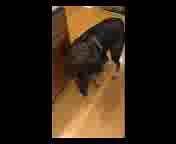I am composing this while macking (hahahah) on some crab cake-mac n’ cheese I made with local Tillamook sharp cheddar cheese. Oregon is obviously treating me well!
Speaking of Tillamook…
For our second field cruise to Netarts, we had to catch the low/dropping tide, so we left Newport at 6:45 am, and finished sampling really early. My field buddies include a research tech and a post-masters student. Our research tech Chris always has a bar of chocolate dedicated to the moment after field work when you have everything loaded and you finally sit down to get on your way out. (Side note: can we just appreciate the fact costal oregonians are able to keep chocolate in the car without fear of it melting??) This week, Chris had actually forgotten his chocolate (!!!!!!!!!!!!!!!!!!!) nooooooooooooooo!
Luckily, the post-master student Caitlin, had an idea to go to Tillamook cheese factory to get us some fresh ice cream. Best idea ever. I had some Oregon Blueberry ice cream in a waffle cone and proceeded to try the best sharp white cheddar, aged 4 years. It’s super fancy, packaged in a black label.
After splurging on purchasing some black label cheddar, I learned that Tillamook is a cooperatively owned company (yay!) and sources their milk locally from a bunch of small dairy farmers.


en route to Tillamook
At the EPA, I’ve started to process our chlorophyll samples from Alsea and Netarts. I’m working in the fume hood most days now, and I friggin love it. This is my first job where I consistently do an equal amount of lab work, field work, and office/computer work, which has allowed me to properly compare which I enjoy doing most.
Lab work comes in at a whopping first place, with field work not too far behind. I love being outside in the field, but before 7:00am call times are not my friend.
This past weekend, the #OSGscholars took to Portland! We stayed with Abby’s family in a nearby town, and we got to meet her family and her 100 pound, 10 year old fluff dog, Charlie. I’m obsessed with Charlie.
Here is Charlie’s favorite party trick (filmed by Abby):

I’m excited for the upcoming week, as we go out to the field again, this time to Siuslaw. We’re postponing our field cruise to Nestucca because some important EPA head people are coming through to the Newport office tomorrow to check things out. We’re preparing demos of what we do for them: using liquid nitrogen to extract sediment cores, showing them how our YSI sondes work (with adding varying levels of acidity, pH, PCO2, etc of the bucket of water to show how our readings differ with conditions), and a tour of the chlorophyll extraction to show the visitors.
Also it should be noted there are about 5 crows roosting on the gazebo roof, ground and trees in front of my dorm right now. With the coastal shubbery background, I feel like I’m in a scene of The Birds.
If you don’t see a blog post from me next week, you’ll know what happened…. #Hitchcock














